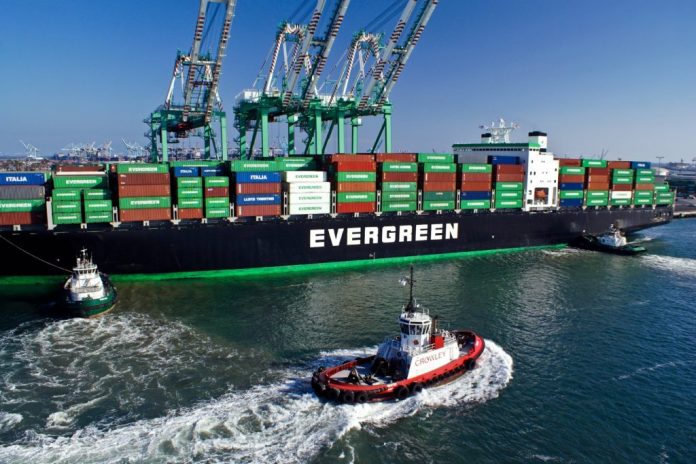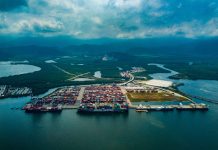
Taiwan’s Ministry of Transport and Communications (MOTC) said, this week, that a working group formed by the Maritime Port Bureau (MPB) is helping to alleviate the impact of the container shortage and the resulting spike in freight rates on local shippers.
[s2If is_user_logged_in()]In November 2020, Taiwan’s transport minister, Lin Chia-lung, instructed the MPB to pay close attention to the predicament caused by the well-documented shortage of containers and the consequent spike in container freight rates, as the situation had put pressure on local exporters.
Lin also asked his deputy, Wang Kwo-tsai, to discuss developing countermeasures with the Maritime Port Bureau and the Department of Navigation and Aviation.
MOTC said, “Supply and demand in the global shipping market has not stabilised. The MPB will work with ship operators to assist in the delivery of dangerous goods, machinery and equipment, and bulk materials reported by the industry. We will work with shippers to overcome the global shortage of containers, ensure smooth import and export operations, and maintain Taiwan’s international trade competitiveness and economic growth.”
Together with the Ministry of Economic Affairs and the Executive Yuan Council of Agriculture, the MPB and the Department of Navigation and Aviation formulated a series of counter-measures to help local shippers.
The first of these measures was to prioritise cargoes that had high overseas demand, as these were more in need of shipping. Under the principle of “national ships supporting domestic goods”, the working group co-ordinated with local liner operators to allocate vessels and slots based on demand, offer extra loader services and deploy larger vessels on popular trade lanes.
Another measure taken was to optimise the scheduling of vessel berthing to improve the efficiency of port operations.
MPB also worked with the liner operators to adjust the packaging and deliveries of goods. Where possible, cargoes were transferred from container ships to general cargo vessels to free up containers.
Martina Li
Asia Correspondent
[/s2If]
[s2If !is_user_logged_in()]Please login or register to read the rest of the story[/s2If]





